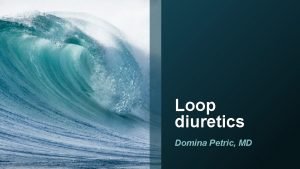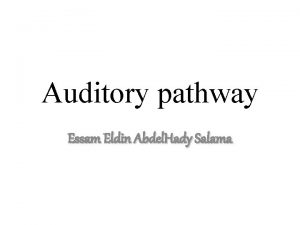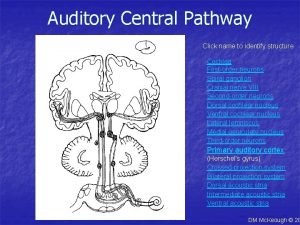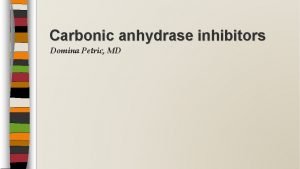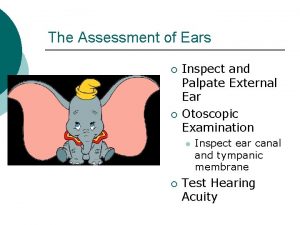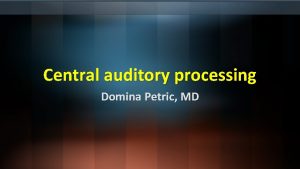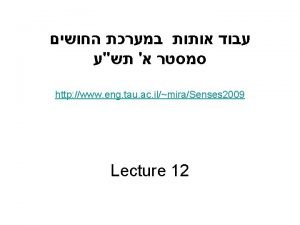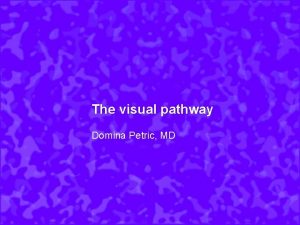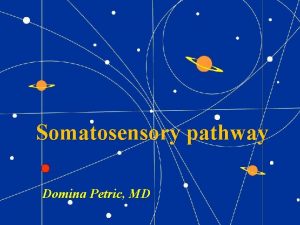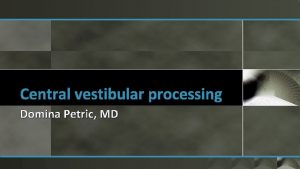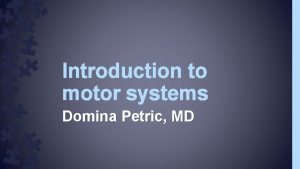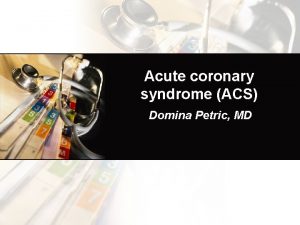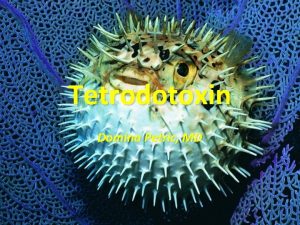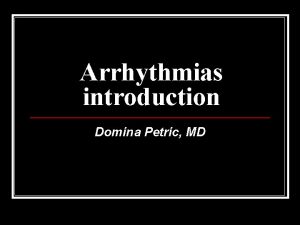Auditory pathway Domina Petric MD Introduction Auditory messages


















- Slides: 18

Auditory pathway Domina Petric, MD

Introduction Auditory messages are conveyed to the brain via two types of pathway: • primary auditory pathway which exclusively carries messages from the cochlea • non-primary pathway (also called the reticular sensory pathway) which carries all types of sensory messages 2

Primary auditory cortex • The primary auditory cortex is located in the temporal area within the lateral sulcus. http: //science-naturalphenomena. blogspot. hr /2009/06/primary-auditory-cortex. html 3

Primary auditory cortex • The major cortical target of the neurons in the medial geniculate nucleus. • Receives point-to-point input from the ventral division of the medial geniculate complex. • It contains a precise tonotopic map. 4

Belt areas • The belt areas of the auditory cortex receive more diffuse input from the belt areas of the medial geniculate complex. • Less precise in their tonotopic organization. 5

Primary auditory cortex • The primary auditory cortex has a topographical map of the cochlea. • The cochlea has already decomposed the acoustical stimulus so that it is arrayed tonotopically along the length of the basial membrane. 6

Binaural properties • The neurons in one stripe are excited by both ears: EE cells. • The neurons in the next stripe are excited by one ear and inhibited by the other ear: EI cells. • The EE and EI stripes alternate. 7

Primary auditory pathway anatomy • The first relay of the primary auditory pathway occurs in the cochlear nuclei in the brain stem (type I spiral ganglion axons). • At this level an important decoding of the basic signal occurs: duration, intensity and frequency. 8

Primary auditory pathway anatomy • The second major relay in the brain stem is in the superior olivary complex. • The majority of the auditory fibres synapse there having already crossed the midline. 9

Primary auditory pathway anatomy • A third neuron carries the mesage up to the level of the superior colliculus (mesencephalus). • These two relays play an essential role in the localisation of sound. 10

Primary auditory pathway anatomy A last relay, before the cortex, occurs in the medial geniculate body (thalamus). An important integration occurs: preparation of a motor response (vocal response). 11

Primary auditory pathway anatomy The final neuron of the primary auditory pathway links the thalamus to the auditory cortex. The message, already largely decoded, is recognized, memorized and perhaps integrated into a voluntary response. 12

http: //www. open. edu/openlearn/science-mathstechnology/science/biology/hearing/content-section-7. 1 13

Non-primary pathways • The main function of these pathways is to select the type of sensory message to be treated first. • These pathways are connected to wake and motivation centers and vegetative, hormonal systems. 14

Non-primary pathways • The first relay locates in the cochlear nuclei (brainstem). • From here, the small fibers rejoin the ascending reticular pathway. • In the reticular pathway of the brainstem and the mesencephalus, several synapses occur. 15

Non-primary pathways In the reticular pathway the auditory information is integrated with all the other sensory modalities. ‘Triage‘ occurs: which sensory modality has the highest priority at any given moment. 16

Non-primary pathways After the reticular formation: • the non-primary pathway leads to the non-specific thalamus • then to the polysensory cortex Conscious perception requires the integrity of both types of pathways. 17

Literature • http: //www. cochlea. eu/en/auditorybrain (Rémy Pujol , Sam Irving ) • http: //sciencenaturalphenomena. blogspot. hr • https: //www. ncbi. nlm. nih. gov/books /NBK 10900/ (Neuroscience 2 nd edition) • www. open. edu 18
 Quasi vitamins
Quasi vitamins Domina petric
Domina petric Domina severe
Domina severe Domina petric
Domina petric Md
Md Domina petric
Domina petric Domina tasks
Domina tasks Ecolima ear
Ecolima ear Auditory pathway
Auditory pathway Auditory projection pathway
Auditory projection pathway Jure petric
Jure petric Lucija petric
Lucija petric Atitudes vencedoras
Atitudes vencedoras Quimestres
Quimestres Cada miembro domina una parcela determinada del proyecto.
Cada miembro domina una parcela determinada del proyecto. Carbonic anhydrase use
Carbonic anhydrase use Türkische domina
Türkische domina Domina epistulam
Domina epistulam Rinne weber
Rinne weber



